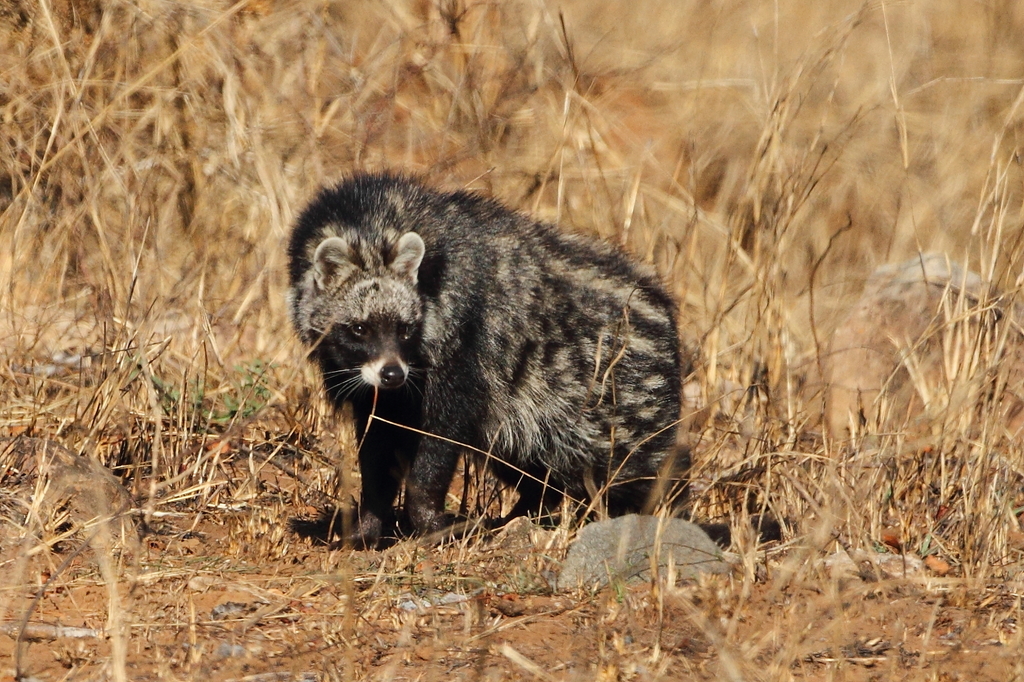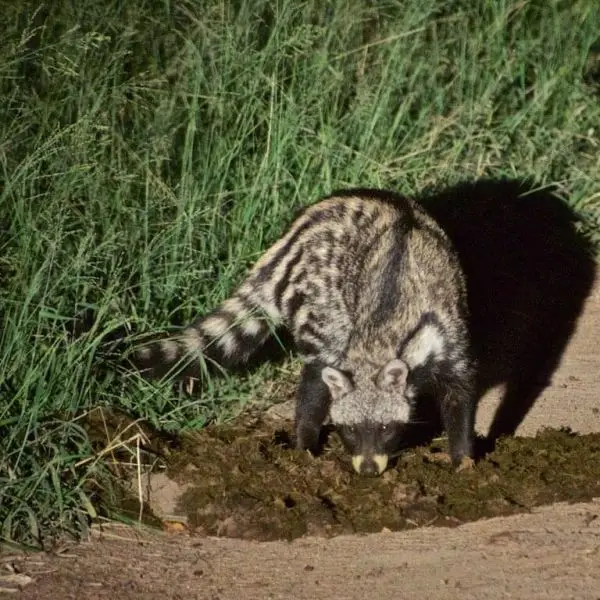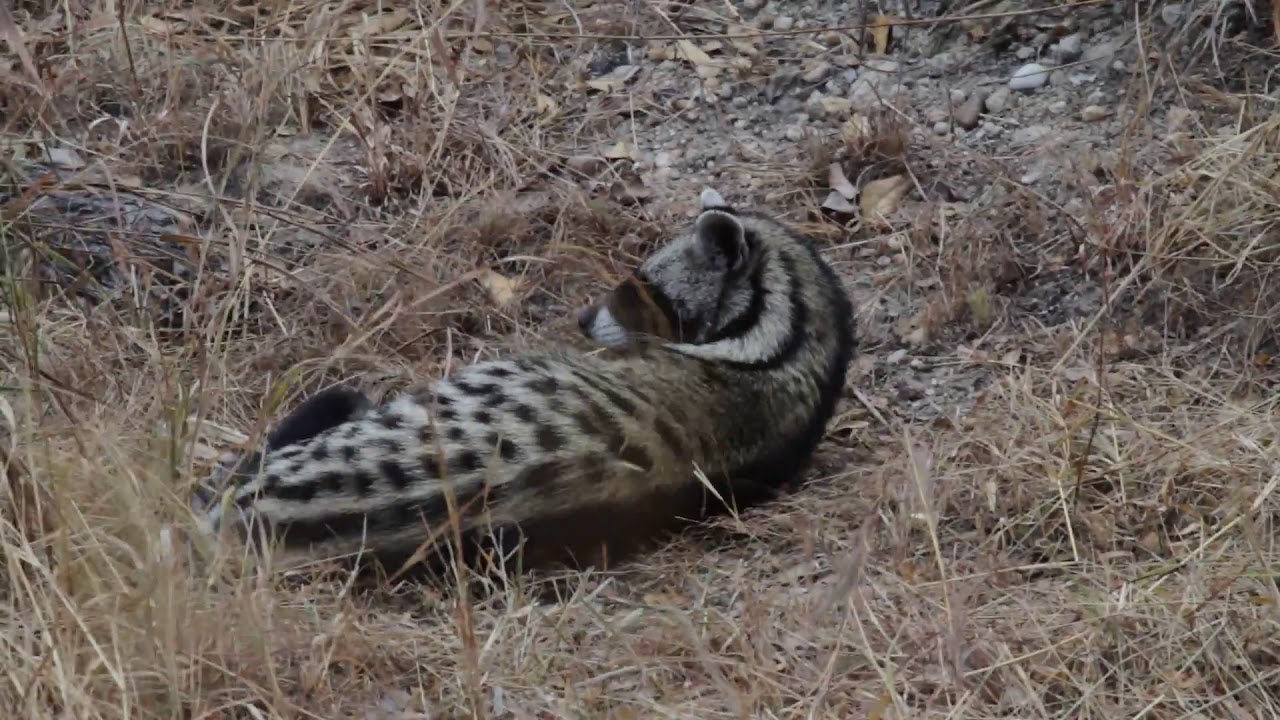
Introduction
Welcome, wildlife enthusiasts, to a riveting exploration of the enigmatic African civet! In this captivating journey, we will delve deep into the secrets of this remarkable creature that prowls the African wilderness. With its unique appearance, fascinating behaviors, and mysterious nature, the African civet has captured the imaginations of adventurers and researchers alike. Embark on this virtual safari as we uncover the hidden truths and awe-inspiring wonders of the African civet.
The African Civet’s Origins: Tracing Its Ancestry Through Time

Have you ever wondered about the origins of the African civet? How did this elusive creature come to inhabit the vast landscapes of Africa? To understand the African civet’s ancestry, we must travel back in time to its evolutionary beginnings.
The African civet (Civettictis civetta) belongs to the Viverridae family, which encompasses various carnivorous mammals. DNA analysis suggests that the African civet diverged from other members of its family around 16 million years ago. Fascinatingly, its lineage can be traced back to an ancient group of carnivores known as miacids, which roamed the Earth over 40 million years ago.
A Closer Look at the African Civet’s Appearance

With its striking features, the African civet stands out among the creatures of the savannah. Let’s take a moment to appreciate this stunning mammal’s appearance.
The African civet possesses a robust body covered in coarse fur, displaying a captivating pattern of dark spots and stripes against a light-colored background. Its long, slender muzzle houses a set of sharp teeth, perfectly adapted for consuming its prey. The civet’s alert, almond-shaped eyes peer through the night, allowing it to navigate its surroundings with exceptional vision.
The African Civet’s Habitat: Thriving in Diverse Landscapes

One cannot discuss the African civet without mentioning its habitat. From lush rainforests to arid grasslands, this adaptable creature has made itself at home in a wide array of ecosystems.
The African civet is found throughout sub-Saharan Africa, occupying regions ranging from Senegal to Somalia and down to South Africa. It displays remarkable versatility in terms of habitat preference, inhabiting dense forests, open savannahs, and even human-modified landscapes. However, it shows a particular affinity for areas near water sources, as they provide both hydration and hunting opportunities.
Stealth and Solitude: The African Civet’s Nocturnal Lifestyle
One of the most intriguing aspects of the African civet is its nocturnal nature. As the sun dips below the horizon, this creature awakens, embarking on its solitary nighttime adventures.
With its exceptional stealth and agility, the African civet becomes a master of the dark. Its elongated body allows for seamless movement through thick vegetation, while its keen senses help detect prey and potential threats. While other animals seek refuge during the cover of night, the African civet thrives, utilizing its acute hearing and sharp claws to secure its survival.
Diet Preferences: From Omnivorous Delicacies to Ecological Balance
Have you ever wondered what fuels the African civet’s nightly pursuits? Let’s take a closer look at its dietary preferences and ecological significance.
As an opportunistic feeder, the African civet possesses a versatile palate. Its diet consists of an assortment of foods, including small mammals, birds, insects, fruits, and carrion. This adaptability plays a crucial role in maintaining ecological balance by controlling rodent populations and dispersing seeds across its habitat. Truly, the African civet is an unsung hero in the intricate web of life.
Mysterious Musks and Scent-marking: The Civet’s Pheromonal Artistry
Ah, the captivating world of scent! In the realm of the African civet, musks and scent-marking play a vital role in communication and territory establishment.
The African civet possesses specialized scent glands that produce a potent musk, highly sought after for its use in perfumes and traditional medicine. Yet beyond its commercial value, this strong-smelling secretion serves as a communication tool among individuals, conveying messages of territorial boundaries and reproductive readiness. Through meticulous scent-marking, the African civet establishes its presence in the vast African landscape.
Conservation Concerns: Safeguarding the Future of the African Civet
As with many wildlife species, the African civet faces various conservation challenges. Understanding these concerns is crucial to paving the way for its long-term survival.
Habitat loss due to agricultural expansion and human encroachment poses a significant threat to the African civet’s population. Additionally, unsustainable hunting practices driven by the demand forits musk further exacerbate the conservation challenges. To ensure a future for the African civet, concerted efforts are needed to protect its habitats, regulate hunting practices, and raise awareness about the importance of this remarkable creature.
Conservation organizations and local communities play a vital role in safeguarding the African civet’s future. By implementing sustainable land-use practices, promoting responsible tourism, and engaging in community-led conservation initiatives, we can create a harmonious coexistence between humans and wildlife.
In conclusion, the African civet remains an enigma, captivating us with its elusive nature and remarkable adaptations. Through understanding and appreciation, we can work towards conserving this magnificent creature and preserving the rich biodiversity of Africa’s landscapes. Let us celebrate the African civet, a true marvel of the natural world.